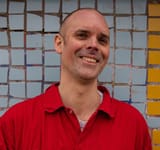The Body As Data: ‘We are all human, we all have a right to connection, expression, and safety’
Strange Tourist speaks to Sidonie Carey-Green about The Body As Data, a new film documenting real life stories of forced migration through dance and spoken word
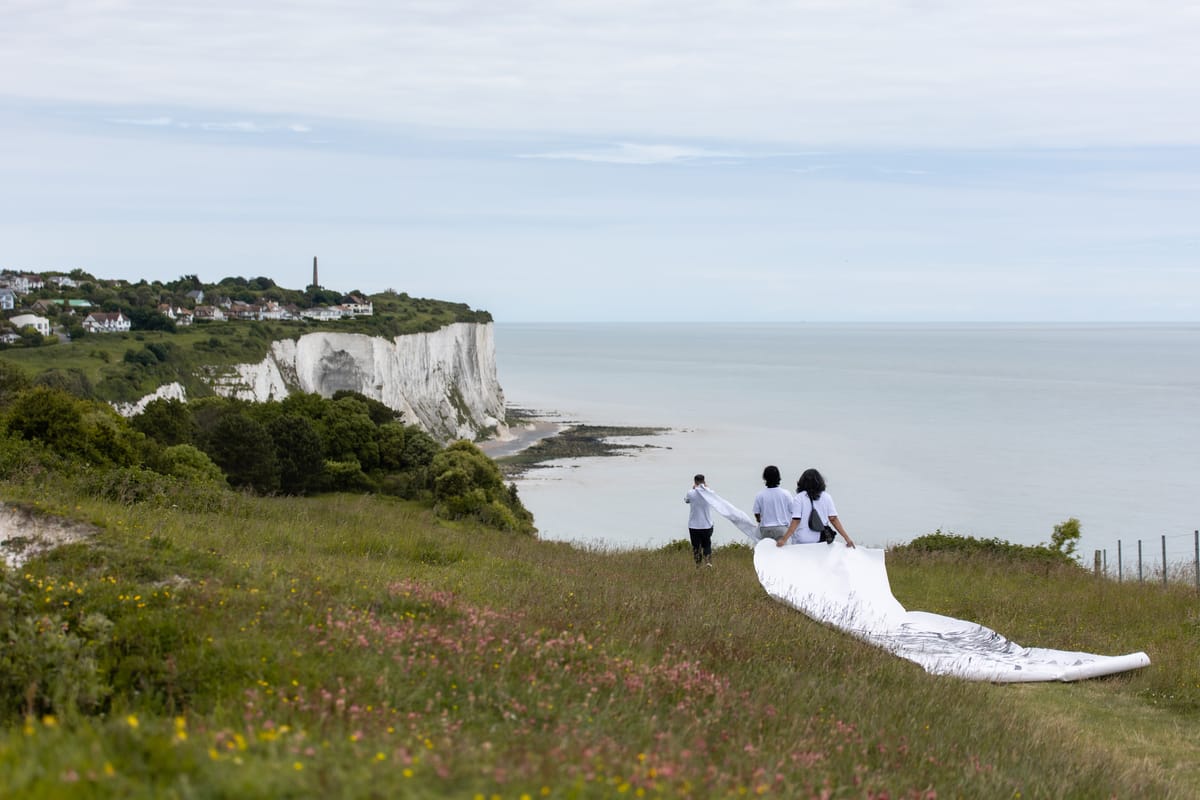
The Body As Data tells stories of forced migration through dance, spoken word and music, as part of an ongoing collaboration between performers Sidonie Carey-Green and Tom Tegento.
Participants in the project explored their lived experiences through workshops, before taking part in a number of walking events along different sections of the Kent coastline. These walks were filmed using surveillance technologies, including drones - footage which was used in a new film directed by Sidonie.
Tom was born in Gonder, Ethiopia and came to the UK as a refugee, obtaining an MA in Physical Theatre and Movement studies at the University of Kent. Sidonie has a PhD in Dance from Royal Holloway and now works on film and choreography projects.
The two began working together in 2022, having met through the Kent Refugee Action Network and Gulbenkian Theatre’s KRAN Fam theatre group. Their first collaboration was on short film Uninvited, followed by mobile app Contagion - both of which formed part of the development of The Body As Data.
Ahead of the film’s premiere in Margate on September 8, Sidonie discusses the film and the project as a whole, explaining how it came about and its aim of showing a way to look at borders differently - using dehumanising technology to tell a more human story than we often see or hear.
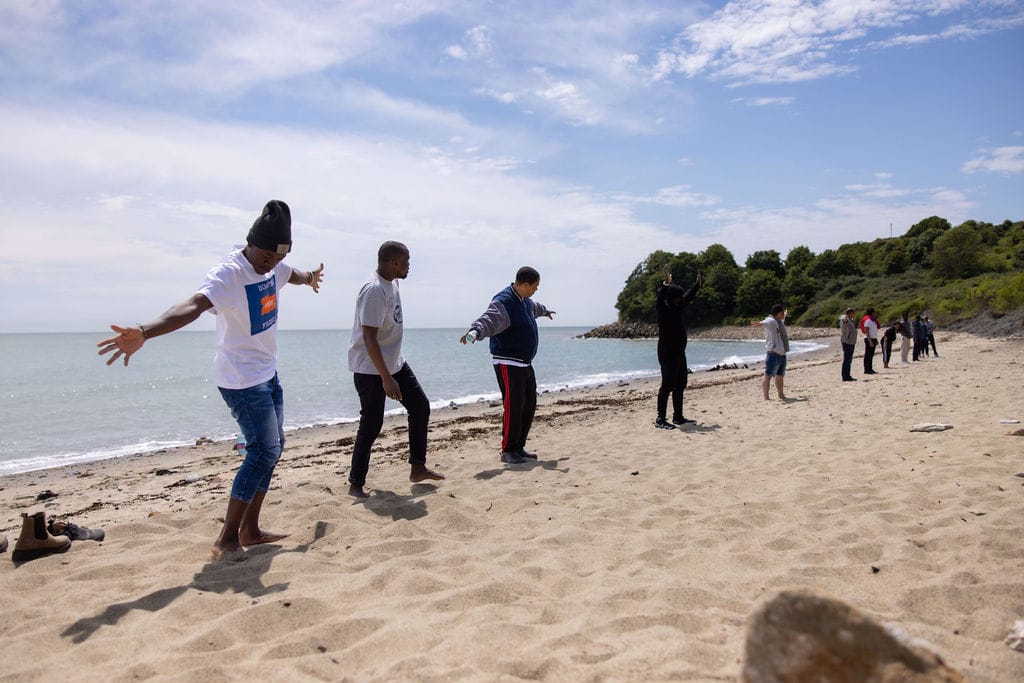
How did the Body As Data project come about?
I was studying performance and new technologies for my PhD and I became interested in Aneta Stojnic’s writing which draws loosely on posthumanities. She writes about Robot Cockroaches [cockroaches controllable via a smartphone app via a surgically implanted electronic device] and what they represent in terms of cyborg futures and surveillance in war zones. This really interested me and led me to her writings about bodies turning into data at borders which felt like such a gripping concept.
From there, I started to think about this idea of the body “as data”. Tom and I worked together exploring this concept and practising my research. After that project (which had two small performative outcomes including a walk on Margate beach captured by drone), I wanted to continue the work as it felt like we had barely scratched the surface.
We decided that the line we drew needed to be elongated and we wanted to travel across the Kent coast, which feels like this incredibly loaded space. I had such a positive response from all the partners we contacted and the project grew from there.
What was the format of the workshops, and how did they then translate to the walks?
All of our artist teams have lived experience, and it was important to ensure all workshops were developed collaboratively. So, we met prior to the project starting to develop ideas together, and so each workshop was unique, depending on who was facilitating. We also wanted participants to take ownership of what was created and as such the workshops were very open whilst equally being skillfully held by the artist teams. This gave the chance for personal dances, words, and experiences to emerge around our initial themes of lines and borders, and you will see the coming together of all of this in the film.
Each workshop concept fed directly into the walking events, so what people made together became the line that was drawn in the space. Our aim was for people to feel like they could take ownership over the content of these events and share stories, songs, dances, culture, if they wanted to. We also had food at each of the events as we quickly realised some of the best moments to connect with people was by “breaking bread” together. It was lovely to just sit and chat and eat after doing something creative.
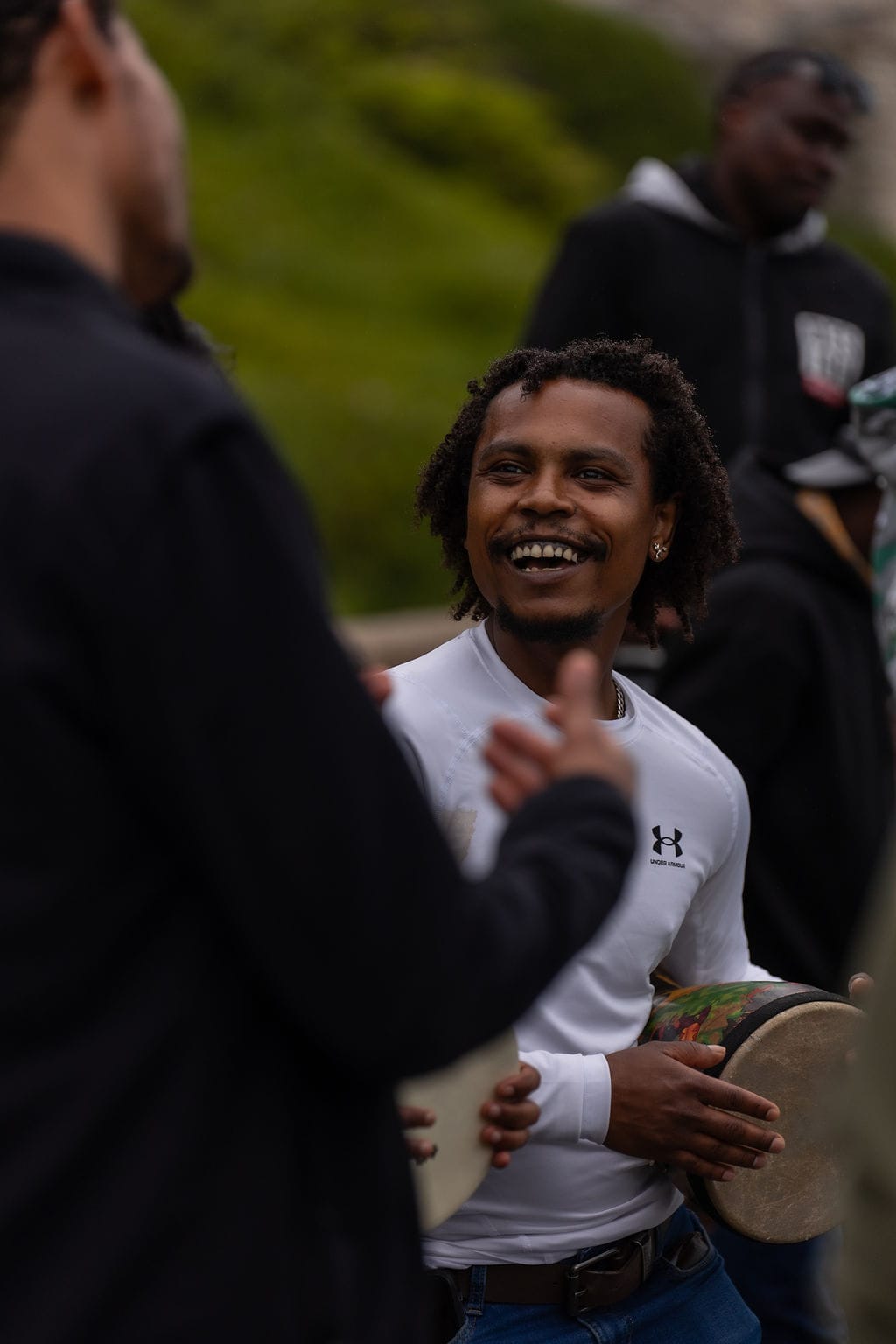
What were the different backgrounds of people who were involved in the workshops and walks, and how did they come to the project?
Our invitation was to anyone with lived experience of forced displacement and anyone who’s values aligned with the project. We worked with some brilliant partners and participants from local hotels and temporary accommodation, so people currently claiming asylum, as well as people who came to the UK 20, 30 or 40 years ago. We did post on socials but a lot of the work was done by our partners who reached out to networks who might be interested in joining. The artists we worked with have lived experience and they designed each of the workshops in their pairs to speak to this experience and encourage others to share their stories.
How did people react to being involved? Was there anything that surprised you?
I am constantly surprised by how generous people are with their time and how open they are to us coming into their spaces and asking them to join us. The amount that people want to talk, to share, to teach me about their home and their culture is a gift that I am so grateful for.
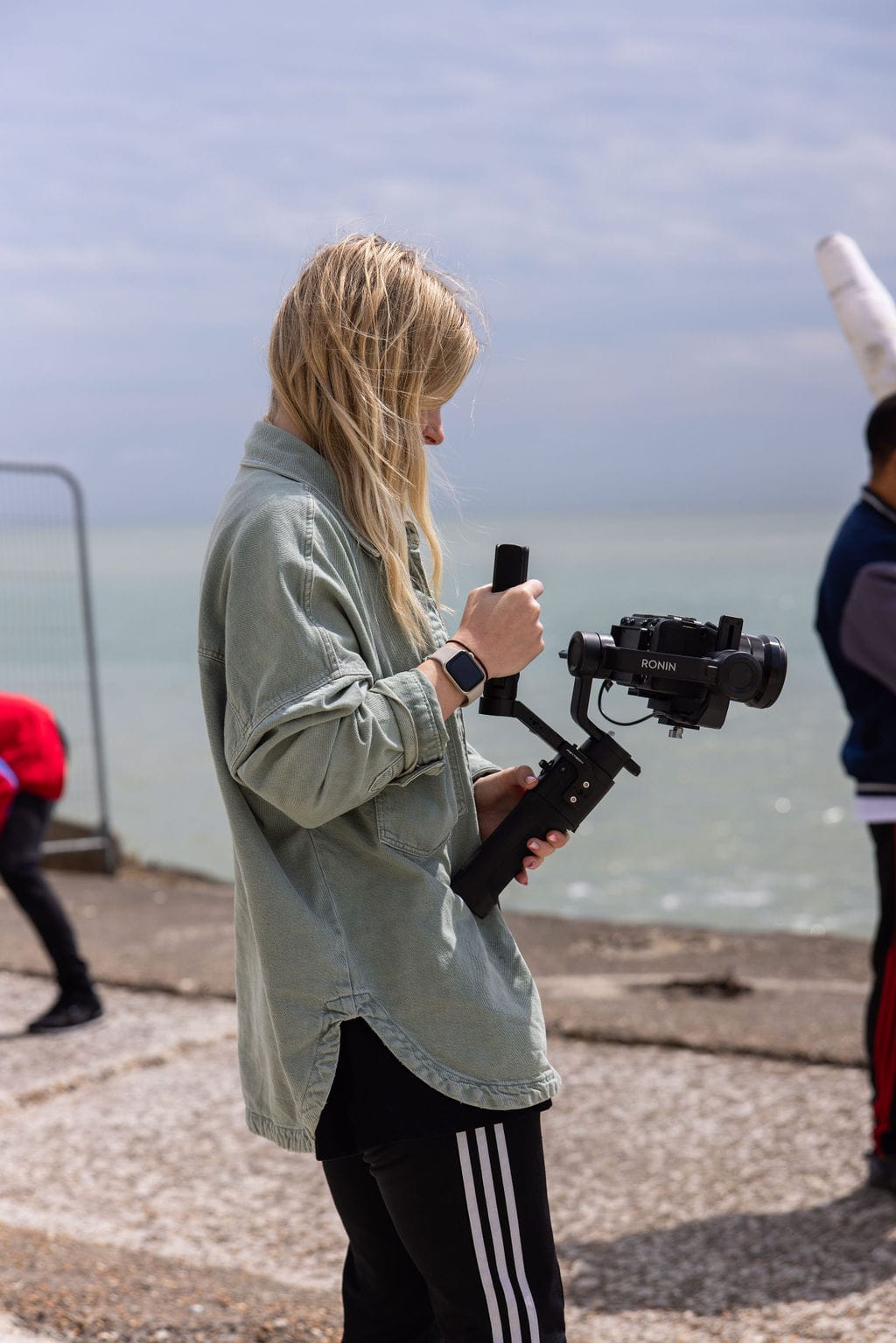
Why did you choose to use drones in the filming of the project and what do you think they add to the finished film?
The choice to use drones was directly connected to the aims of the work to subvert the use of surveillance technologies in digital border control systems.
Drones were originally built for warfare, they do not capture human stories and are completely disconnected from the images they produce. They collect human images as data for border control, they enforce border “zones” and map these zones far beyond the lines that separate countries.
Within this project we wanted to use this technology as a means of showing an alternative border, a line that is drawn from the histories of those who arrive, pass through, and exist in these spaces. The drone for much of the work is the only way to see these lines we drew, the only perspective that witnessed the subversion of border drawing and mapping that we carried out.
The use of the drone shifts the work into something which critiques digital bordering practices and re-maps these borderlines across the Kent coast.
What is the ultimate story that the film tells?
The film tells the story of its creation, of connection, and of the constructedness of borders. [I hope that it expresses] that we are all human, that we all have a right to connection, expression, and safety.
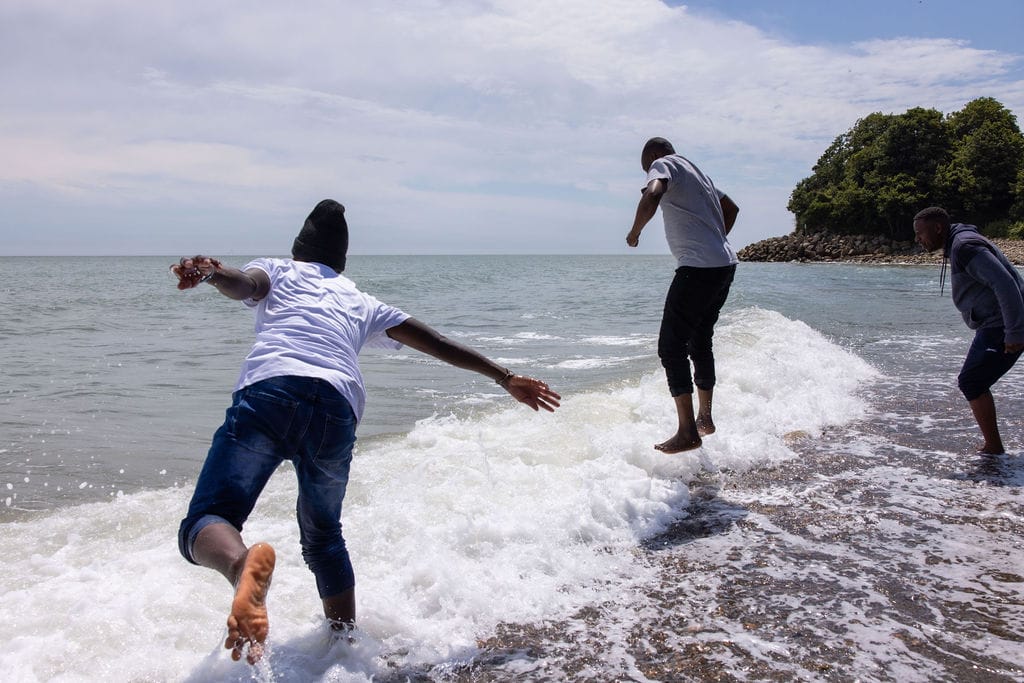
With the recent change of government in the UK, do you feel that we can start to shift how migration is discussed in this country?
Conversations around migration in the UK right now are polarised. With the recent racist violent attacks and subsequent protests, it’s important more than ever to head into this crossroads offering a different narrative. One that shows people coming together and that shows we are all equally valid and justified to exist in these spaces, that demonstrates a different way of thinking about what borders are and what they mean to us. We hope the change in government will bring a shift away from the hostile environment [policy] continually enforced by previous cabinets.
What can people expect at the premiere of the film this week, and how do you feel about finally showing it to an audience?
The premiere is going to be a celebration. We are incredibly excited to have some of our wonderfully talented artist team joining us, including Falle Nioke who will be doing a drum set, Josie Carter sharing some poetry, and Tom Tegento and Surya Chandra sharing some original music.
This project has been so close to us and we are excited to finally share all the hard work that people put into it, and hopefully spark some continued conversations.
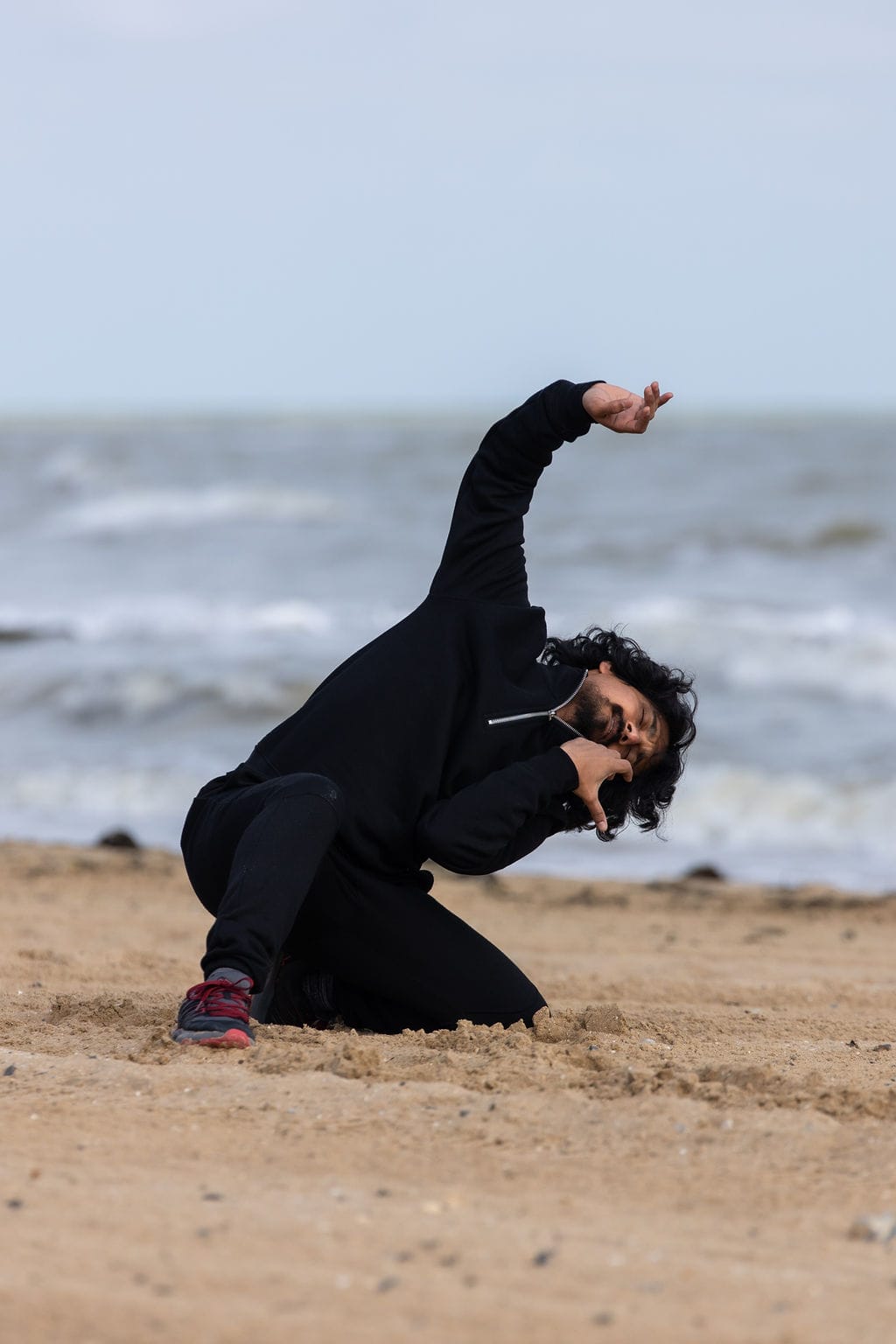
You have several other screenings of the film lined up in the coming weeks. What are your plans for the film after that?
We have an online watch party scheduled soon after the screenings, so that all the people we connected with and who worked on this project can see the film if they have moved on from Kent, which many have. We will also have a very limited online release in the winter.
After that, we are planning another iteration of the project for next year working with more partner organisations and more participants in different spaces. This film will help people to understand what we are aiming to create.
We also have a web app performance experience coming out soon, for anyone who wants to get involved but missed this year’s activities.
You can book tickets for the film’s premiere at Where Else in Margate on Sunday, September 8 via Dice. Following that, there will be a number of other opportunities to see the film with a live audience. It will be screened during the second weekend of Folkestone’s Open Art Folke Festival, which takes place on September 21-22, Ark in Cliftonville on Saturday, September 28, and again in Folkestone on Friday, October 4 as part of the Salt + Earth Festival. Find out more about the project on the Body As Data website.

